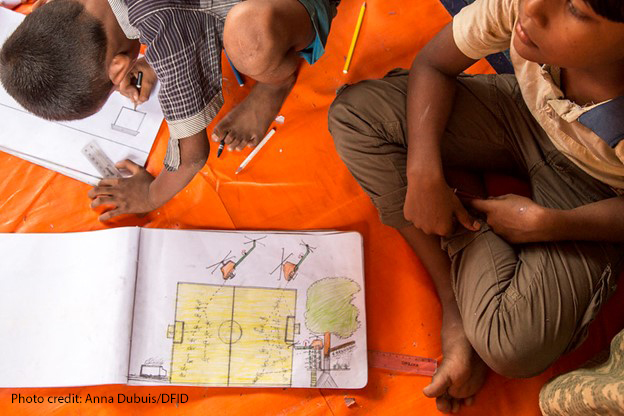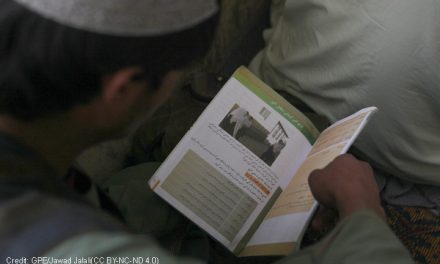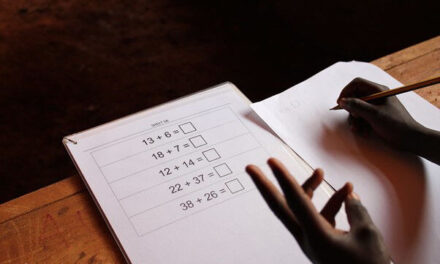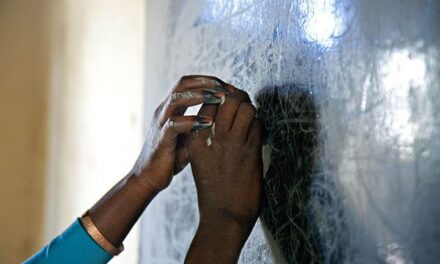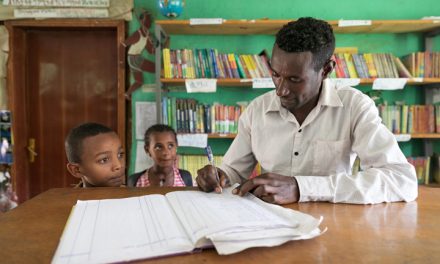This blog was written by Colin Alfred, a freelance international education consultant based in Cambodia. Colin is a UK qualified teacher and was for 10 years the Save the Children (US) Education Advisor for Asia. He co-led the development and piloting of SC’s Catch-up Club literacy materials.
The World Bank has estimated that ‘learning poverty’ – children unable to read and understand a simple text by age 10 – has increased from 53% before Covid to a new level of 63% globally and 70% in several lower middle income countries (LMICs). And UNESCO reports that: “In low-income countries, the learning poverty headcount ratio approaches 90%.”
Myanmar is a country where education has suffered disruption from conflict in addition to Covid, on top of ongoing poverty. In a baseline assessment there of 3,056 children aged 9 to 15 last year, Save the Children found ‘learning poverty’ that was especially severe: at baseline, only one in five children (19%) could read a Grade 2 level story with acceptable speed and accuracy, and fewer than 2% of the children could read the story and also answer three simple comprehension questions on it.
But after a 3-month programme of daily 90-minute Catch-up Club sessions, that 19% increased more than fourfold to 86%. And the 2% who could read and actually understand connected text increased more than tenfold, to 20.5% of children being able to answer simple comprehension questions on a text that was not in their mother tongue.
Save the Children’s Catch-up Club intervention trains community learning and inclusion facilitators to organise simple learning activities with small groups of children, in a gender-sensitive and inclusive environment, with child protection support and referral pathways, and provides ongoing coaching support and a stipend for each three-month Catch-up Club cycle.
The Catch-up Club is a remedial literacy intervention for children in upper primary grades. These children have emerged from the stage of early childhood and possess the cognitive maturity to master relatively quickly the formal symbolic representation systems of written language, while still needing fun game-like activities to engage their concentration.
And for the estimated 40% of children globally whose home language is not the school language of instruction, this is the age by which they should have learned enough of the school language of instruction to at least begin to understand the texts they are reading. However, as Save the Children’s Myanmar results suggest, learning the school language of instruction to the level necessary for effective reading comprehension would require a longer process, focusing on language skills rather than the mechanics of basic literacy.
Save the Children’s Catch-up Club project supports upper primary children to achieve the level of literacy expected for the end of lower primary school – i.e. lifting them out of the World Bank definition of ‘learning poverty’. The tenfold improvement in comprehension in the short initial 3-month project suggests there may be potential to achieve much stronger comprehension results in a similar intervention of longer duration.
The Catch-up Club uses an adapted version of the ‘Teaching at the Right Level’ approach developed by the Indian NGO Pratham and assessed by the World Bank as a “Smart Buy” for improving learning in LMICs. This is combined with activities from Save the Children’s own approaches, including Literacy Boost, implemented in over 30 countries.
Teaching at the Right Level identifies four ‘levels’ in a child’s journey towards literacy: letters, words, sentences and short texts (Story level). A simple ASER-type assessment identifies the level a child has already achieved and therefore the level at which they need more practice.
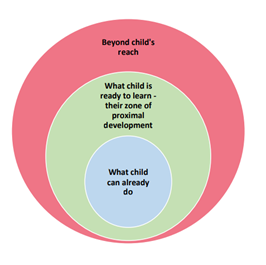 This reflects the classic Vygotsky concept of a child’s ‘zone of proximal development’, or learning readiness (see graphic). Each child in a Catch-up Club is assigned to a group where they engage in game-like activities at the level where they need more practice – their ‘zone of proximal development’.
This reflects the classic Vygotsky concept of a child’s ‘zone of proximal development’, or learning readiness (see graphic). Each child in a Catch-up Club is assigned to a group where they engage in game-like activities at the level where they need more practice – their ‘zone of proximal development’.
Children work individually, in pairs, small groups or larger groups, on tasks or activities that are challenging but are within their ability to successfully achieve. These regular small successes build self-esteem and the motivation to go on learning – the keys to rapid success.
This contrasts with formal schools, where classrooms often have children at a wide range of literacy levels – but all of them expected to read the same pages of the same textbook, at roughly the same rate. Two results inevitably follow: first, that the teacher teaches mainly to the children who are at the level the curriculum assumes; and secondly, that the weaker readers fall further and further behind.
But those weaker readers now constitute a majority of children in many LMIC primary schools. The marginalised have become the mainstream.
Existing systems for teaching children literacy in the majority world are not working. The Catch-up Club has proved a simple way to achieve basic literacy for 86% of 9-15 year-olds in just 3 months. If that can be achieved in a context like Myanmar, it can probably be achieved anywhere.

